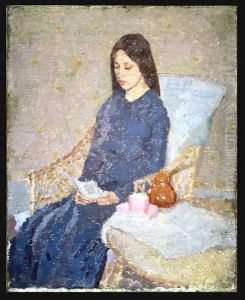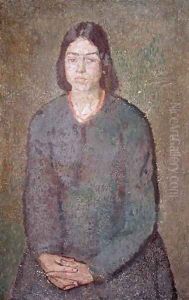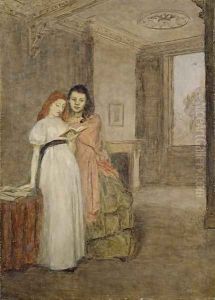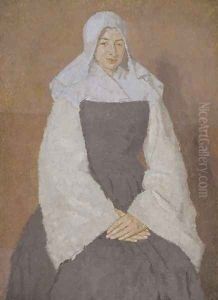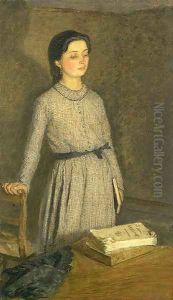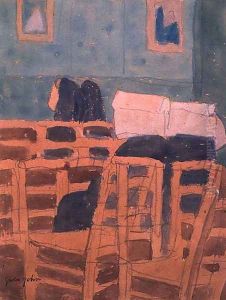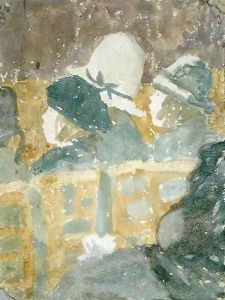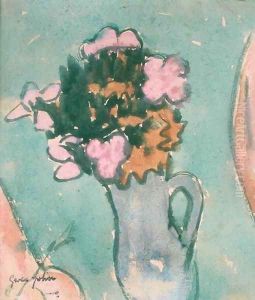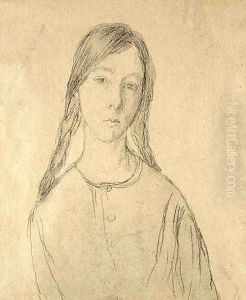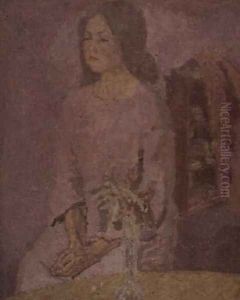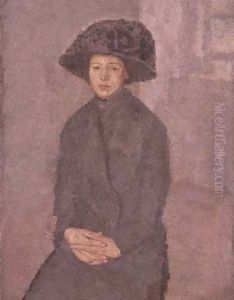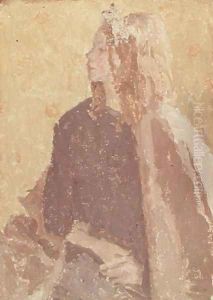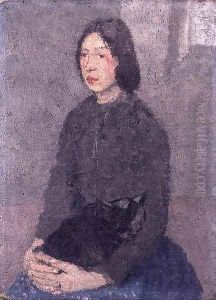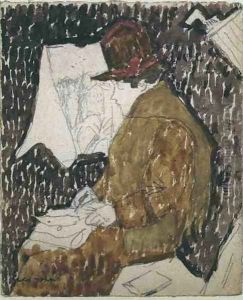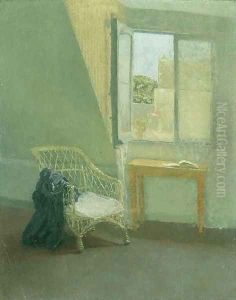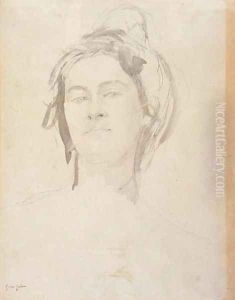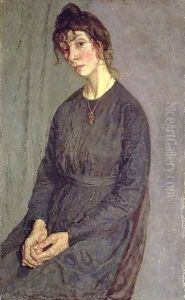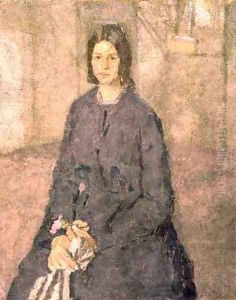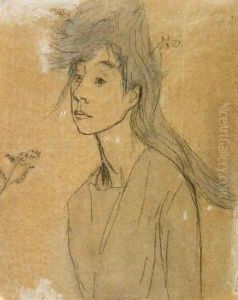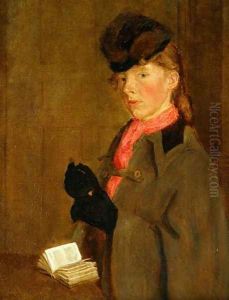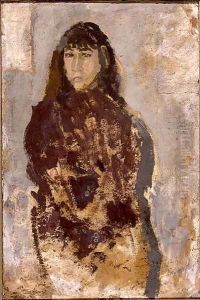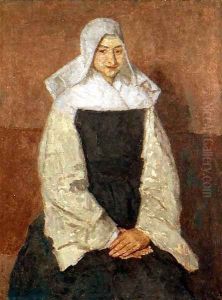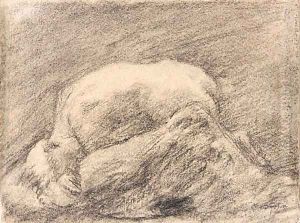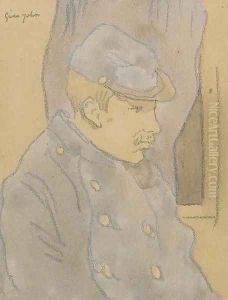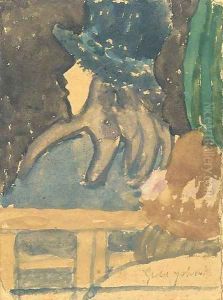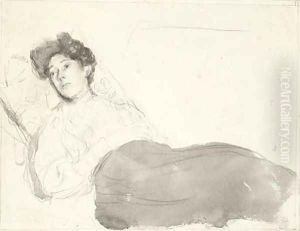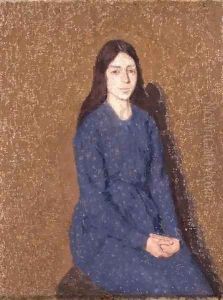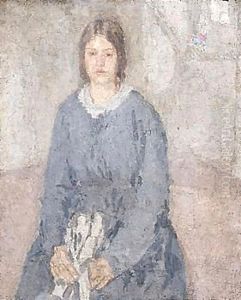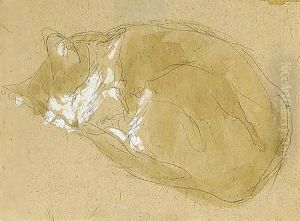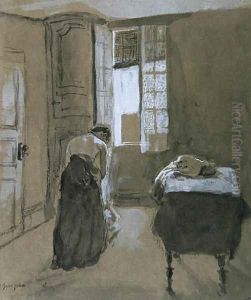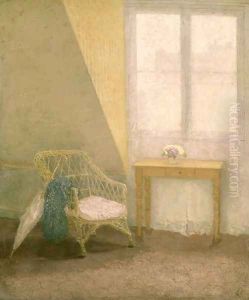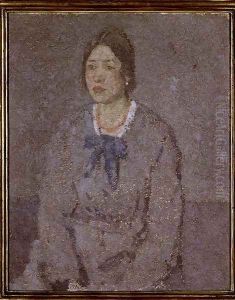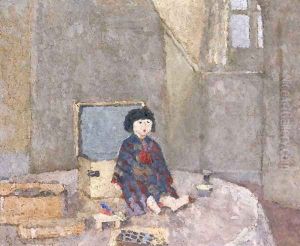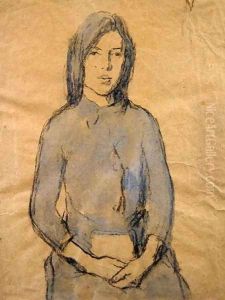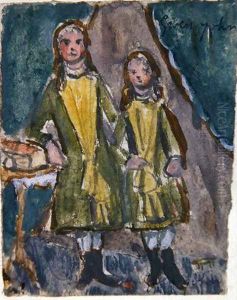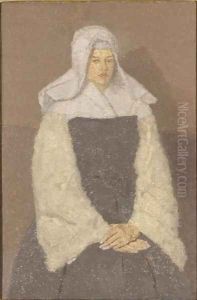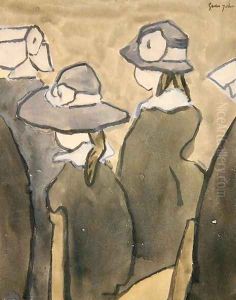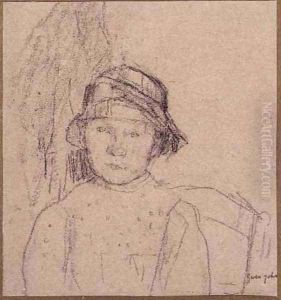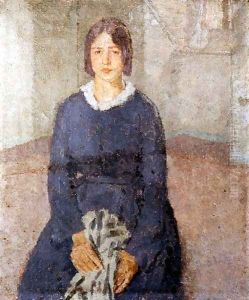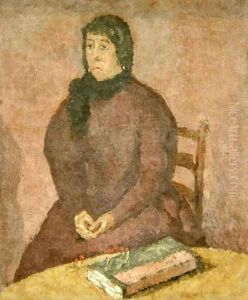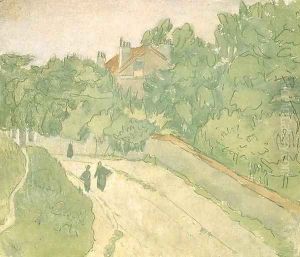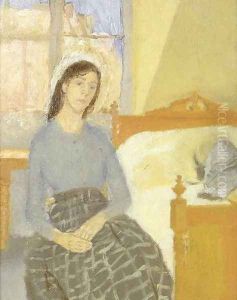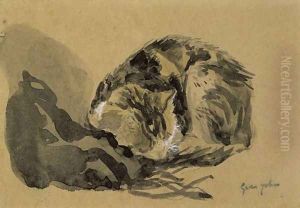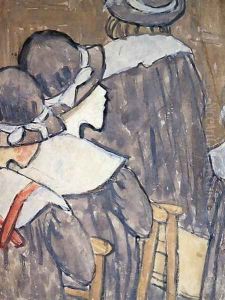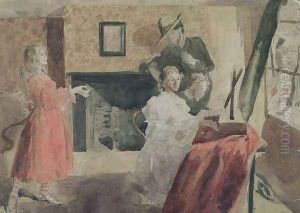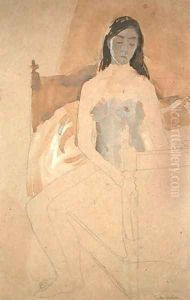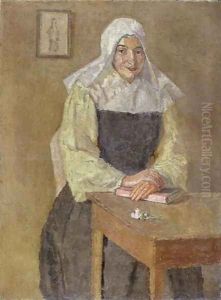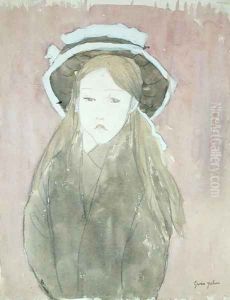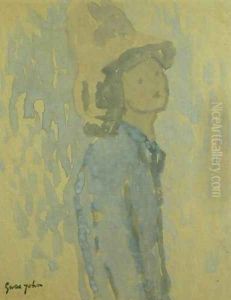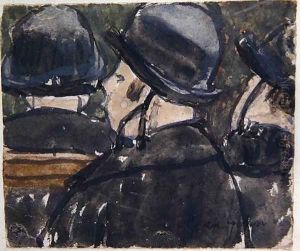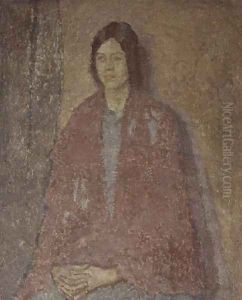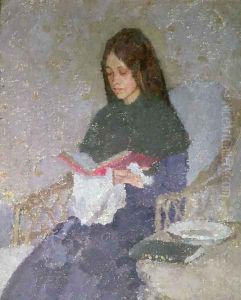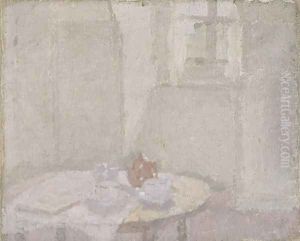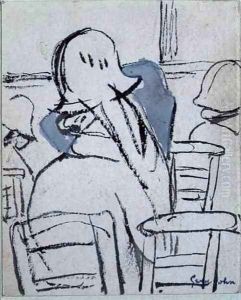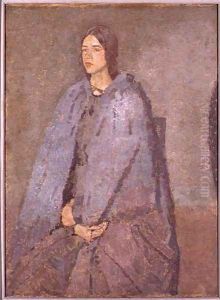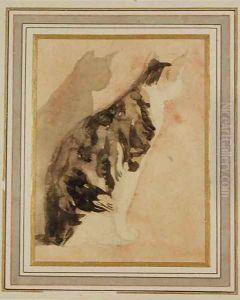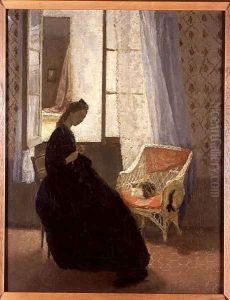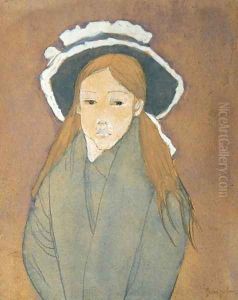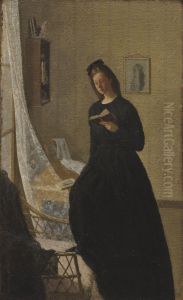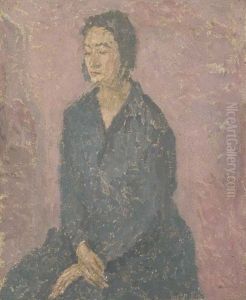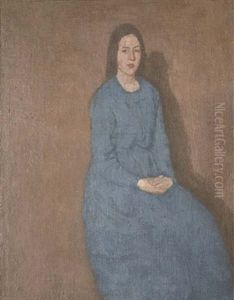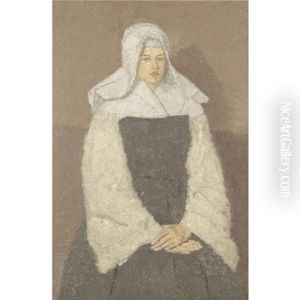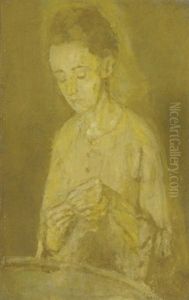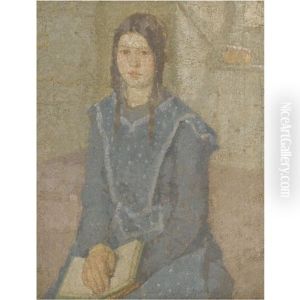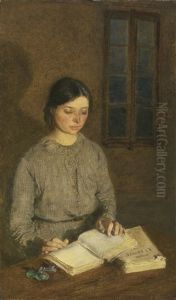Gwen John Paintings
Gwendolen Mary John, known as Gwen John, was a notable Welsh artist born on June 22, 1876, in Haverfordwest, Pembrokeshire, Wales. She was the second of four children in her family. Her mother passed away when Gwen was just eight years old, which had a profound effect on her life and work. Gwen John is often overshadowed by her younger brother, Augustus John, who was also a prominent artist, but in recent years her work has received greater recognition for its unique qualities and emotional depth.
Gwen John attended the Slade School of Fine Art in London from 1895 to 1898, where she honed her skills and was influenced by the teachings of artist and professor Henry Tonks. Her early work showed a strong command of line and form, and her style was characterized by a subtle, sensitive approach to her subjects, primarily portraits and interiors.
After her studies, she traveled to France and eventually settled in Paris, where she became the model and lover of the famed sculptor Auguste Rodin. This relationship influenced her work, but she also developed an independent artistic voice. Her paintings from this period often depict women in interiors, imbued with a sense of introspection and quietude.
Throughout her life, Gwen John's art was marked by a restrained palette and a focus on the representation of the female form, often in domestic settings. Her work was intimate, contemplative, and imbued with a sense of solitude. She was not prolific, and her quiet, reflective paintings were in stark contrast to the more flamboyant style of her brother and the dominant trends of the time.
Gwen John converted to Catholicism in 1913, and her faith became an important aspect of her life and work. In her later years, she produced a series of works depicting nuns and other religious themes, reflecting her spiritual devotion.
Gwen John's health declined in the late 1930s, and she died on September 18, 1939, in Dieppe, France. Although she received some critical success during her lifetime, it was not until after her death that her work began to be fully appreciated. Today, Gwen John is acknowledged as an important and influential figure in British art, known for her poignant and evocative portraits and her contribution to the post-impressionist movement.

